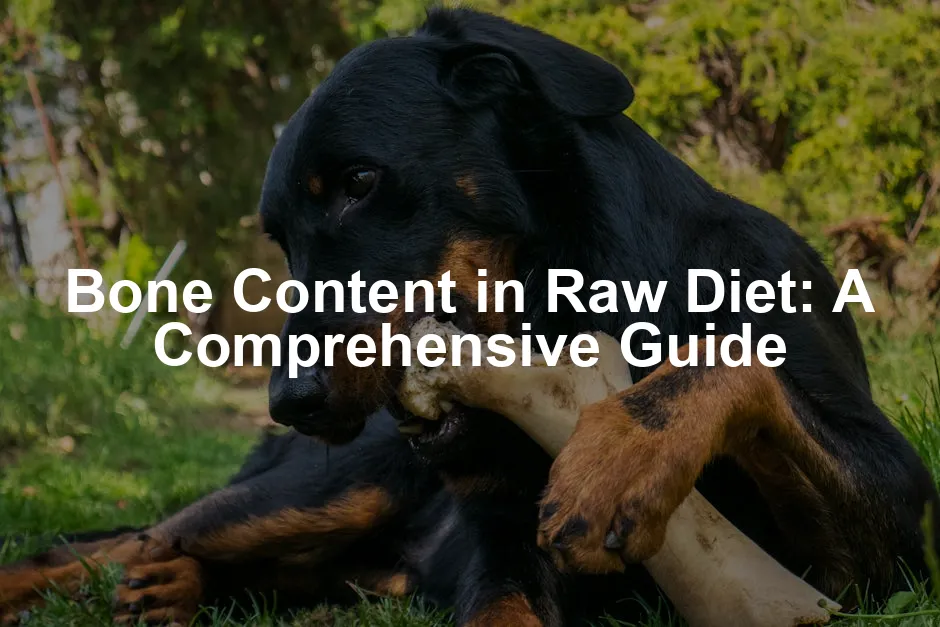Introduction
Raw diets for pets focus on fresh, unprocessed foods. One crucial component is bone content, which plays a vital role in your pet’s health. Incorporating raw meaty bones (RMBs) into their diet offers numerous benefits. These bones provide essential nutrients, including calcium and phosphorus. Understanding bone content is key to ensuring balanced nutrition.
If you’re looking for an excellent source of these nutrients, consider adding Raw Meaty Bones for Dogs to your pet’s meal. They not only provide essential nutrients but also keep your furry friend entertained, preventing boredom and destructive behavior.
Summary and Overview
Bone content refers to the amount of bone in a raw diet. It significantly impacts your pet’s overall health. Calcium and phosphorus are crucial for strong bones and teeth. If bone content is too low, it can lead to deficiencies, while excessive amounts may cause digestive issues like constipation. For dogs, aim for 10-15% bone content. For cats, this should be around 5-7%. Different types of raw meaty bones vary in nutritional value. Some examples include chicken necks, beef ribs, and lamb bones.
To enhance your pet’s dental health, consider Pet Dental Chews. These tasty treats not only help clean your pet’s teeth but also promote fresh breath, making them a win-win for both you and your furry friend!

Understanding Bone Content in Raw Diets
The Importance of Bone Content
Bones are an essential part of a raw diet. They provide vital nutrients like calcium and phosphorus, which support bone growth and strength. Additionally, bones contain trace minerals that contribute to overall health. Chewing on bones also promotes dental hygiene, reducing plaque buildup. Without adequate bone content, pets may face health issues like weak bones or dental problems. Ensuring the right balance of bone is crucial for your furry friend’s well-being. A well-rounded diet includes a variety of RMBs to maximize nutrient intake and maintain good health.
For a nutritious option, try Chicken Necks for Dogs. They’re not only delicious but also packed with the nutrients your dog needs for a healthy diet!

Recommended Bone Content Percentages
For dogs, the recommended bone content is 10-15% of their total diet. Puppies may require more, around 15-20%, due to their growth needs. For cats, aim for 5-7% bone content. These percentages help maintain a proper calcium-to-phosphorus ratio. Adjustments may be necessary based on your pet’s health or dietary requirements. Always monitor your pet’s response to bone intake. If you notice digestive upset or changes in stool consistency, consider adjusting the bone percentage. Each pet is unique, and their needs may vary, so be attentive to their individual requirements.
Don’t forget to also check out Pet First Aid Kits. They’re a must-have for any pet owner, ensuring you’re prepared for any little mishaps your furry friend might encounter!
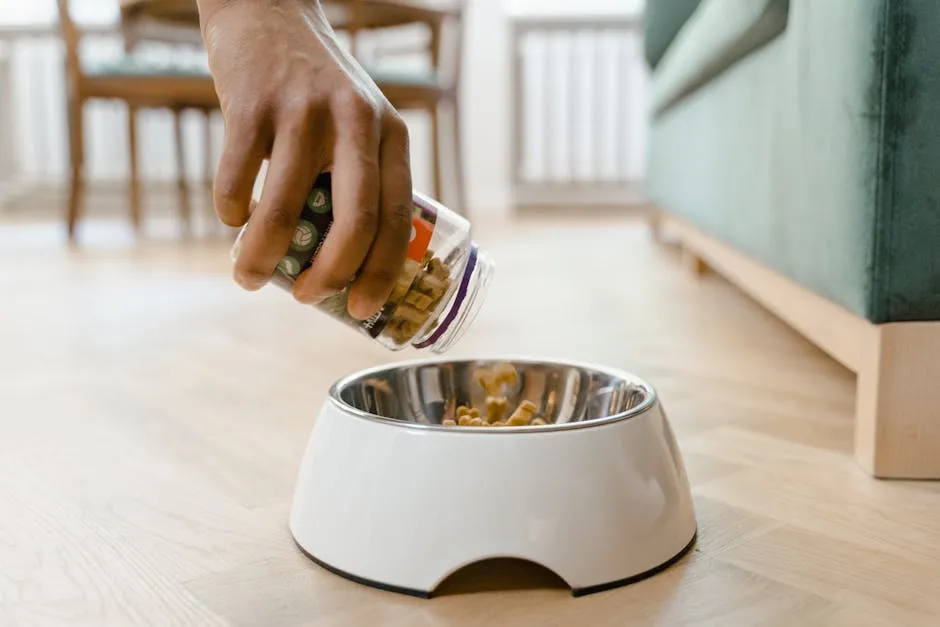
Types of Raw Meaty Bones
When feeding your pets raw meaty bones (RMBs), it’s important to know the categories: edible bones and recreational bones. Edible bones are meant for consumption and provide essential nutrients. Recreational bones are larger and mainly for chewing, offering dental benefits rather than nutrition.
For small pets, consider chicken necks, wings, and rabbit ribs. Medium-sized pets can enjoy duck necks and pork tails. Large breeds can handle turkey necks, lamb ribs, and beef necks. Always choose bones appropriate for your pet’s size and chewing ability. This ensures safety while maximizing health benefits.
Speaking of size, a Dog Food Storage Container can help keep your pet’s food fresh and safe from pests. It’s always good to have the right tools for the job!
Calculating Bone Content
To determine the right amount of bone for your pet’s raw diet, follow these steps. First, establish your pet’s total daily food intake. For example, if your dog eats 20 ounces of food per day, aim for 10-15% bone content for dogs or 5-7% for cats.
Next, calculate the bone portion. For a 20-ounce dog diet, that means 2-3 ounces of bone. To find the total weight of RMB needed, consider the bone percentage in the specific RMB. If using chicken necks, which are about 36% bone, the calculation would be:
Total RMB weight = Required bone amount / Bone percentage of RMB. So, for 2 ounces of bone:
2 ounces / 0.36 = approximately 5.56 ounces of chicken necks.
This method helps ensure your pet gets the right nutrients without overdoing it.
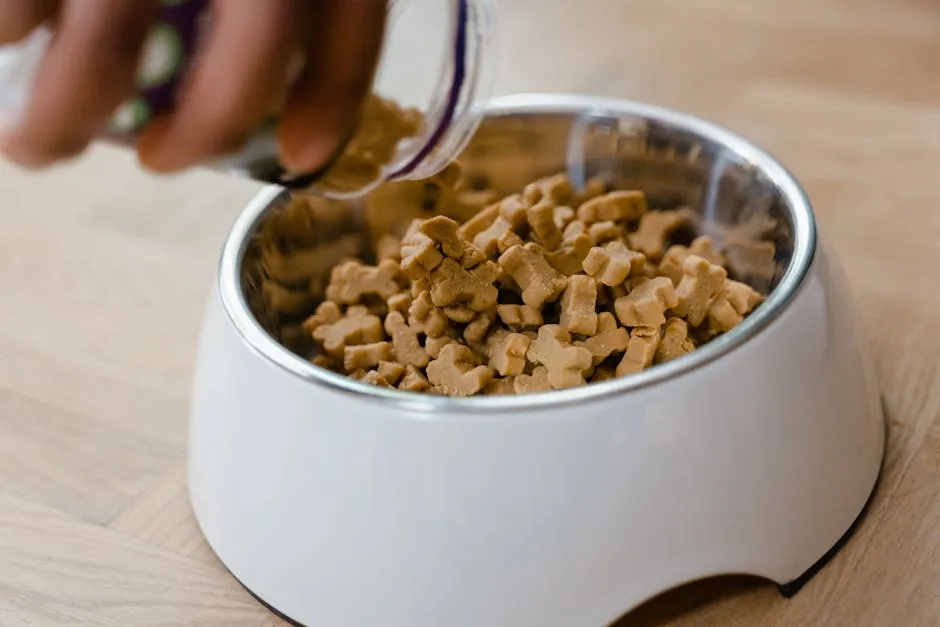
Tools for Calculation
For those who prefer a simpler approach, consider using online calculators or mobile apps designed for raw feeders. These tools can quickly determine the correct amount of bone content based on your pet’s daily food intake and the specific RMB type.
Using these calculators saves time and reduces the chance of miscalculations. They often include various RMBs, making it easy to switch between options. Many raw feeders find these tools invaluable, especially when starting out. By utilizing them, you can confidently meet your pet’s nutritional needs while keeping their diet balanced.
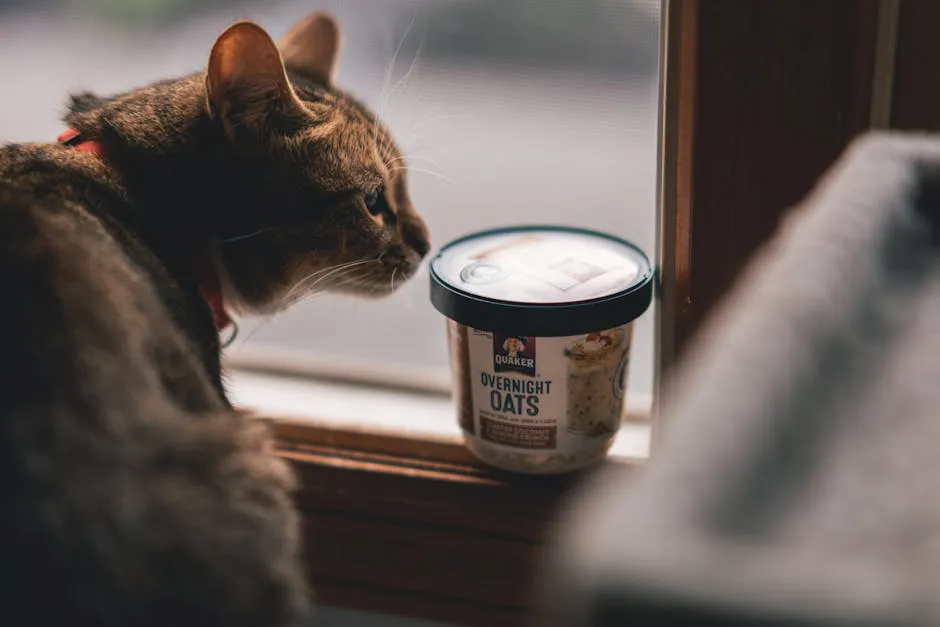
Monitoring Bone Intake
Signs of Proper Bone Intake
Monitoring your pet’s stool is crucial for assessing bone intake. If their stool is firm and well-formed, it indicates they’re likely getting the right amount of bone. A healthy stool should be brown and not overly dry or crumbly.
If you notice hard, white stools, your pet may be consuming too much bone. This can lead to constipation or discomfort. Conversely, if the stool is soft or diarrhea-like, your pet might not be getting enough bone. This imbalance can cause digestive issues.
Balancing bone content is important. Too much can lead to issues like constipation, while too little can cause deficiencies in calcium and phosphorus. Always keep an eye on your pet’s bathroom habits to ensure they’re thriving on their raw diet.

Adjusting Bone Content
Adjusting bone content requires careful observation of your pet’s health and stool quality. If your pet experiences hard or crumbly stools, it’s wise to reduce the bone percentage in their meals. You might want to substitute a boneless protein or add some offal for balance.
On the other hand, if your pet has soft stools, increasing bone content may help firm things up. Gradually introduce additional bone sources, monitoring their response closely.
It’s essential to make these adjustments slowly to prevent digestive upset. Keep a record of what works and what doesn’t. This will help you find the perfect balance tailored to your pet’s specific needs.
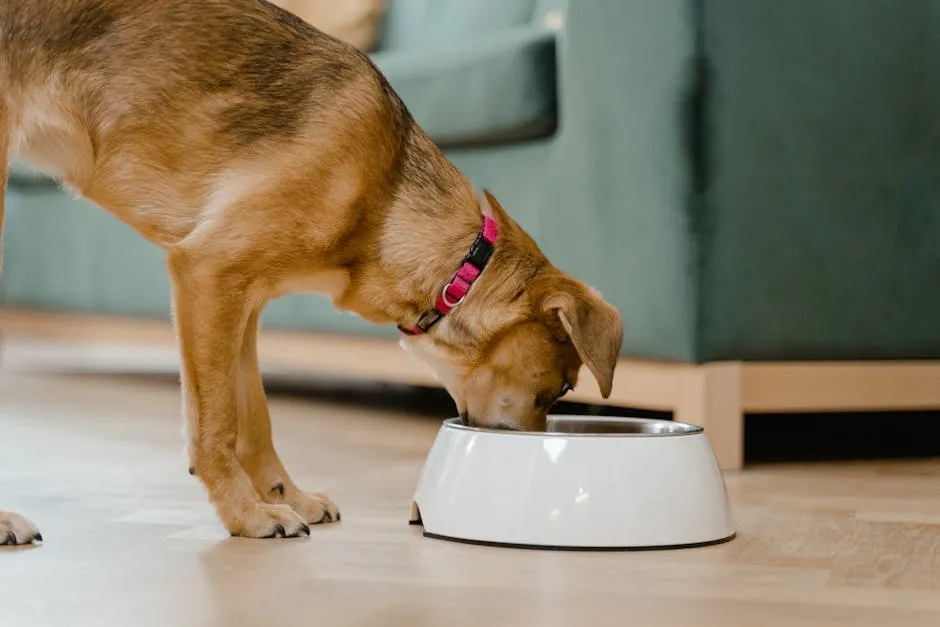
Risks and Precautions
Potential Risks of Feeding Bones
Feeding raw bones can pose certain risks to your pet. One major concern is choking, especially with small or improperly sized bones. Always ensure the bones you offer are suitable for your pet’s size.
Dental fractures are another risk; hard bones can splinter or break teeth, causing pain and potential complications. Avoid very dense bones like beef femurs, which are notorious for this issue.
Certain bones should be completely avoided. Cooked bones, for instance, become brittle and can splinter, leading to serious injuries. Weight-bearing bones from large animals also pose risks due to their density.
Stick to softer bones like chicken necks or duck wings. These are safer options that provide the necessary nutrients without the hazards. Always supervise your pet while they enjoy their bones to catch any potential issues early.
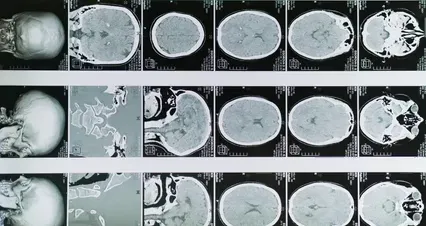
Safety Precautions When Feeding Bones
Feeding raw meaty bones (RMBs) to your pet can be rewarding, but safety comes first. Start by choosing the right size bones for your pet. Oversized bones can lead to broken teeth, while small bones pose choking hazards. Always supervise your pet during meal times. It’s vital to ensure they’re chewing properly to avoid any accidents.
When introducing bones, begin with smaller portions. This prevents digestive issues and helps your pet adjust gradually. Observe how they handle the bones. If you notice any signs of discomfort or choking, remove the bone immediately.
Remember, not all bones are safe. Avoid weight-bearing bones from large animals, as these can splinter. Stick to softer bones, like chicken necks or duck wings, which are safer and easier to digest. With these precautions, you can safely incorporate RMBs into your pet’s diet.

Alternatives to Raw Meaty Bones
When to Consider Alternatives
While raw meaty bones offer many benefits, there are scenarios where they may not be suitable. If your pet has dental issues, chewing on bones could worsen their condition. Pets with digestive problems might struggle with raw bones, leading to discomfort or blockages. Additionally, older pets or those with specific health concerns may not tolerate bones well.
In such cases, consider alternatives like Bonemeal Powder or ground bones. These options provide essential nutrients without the risks associated with whole bones. Calcium supplements can also be a great choice, ensuring your pet receives the necessary minerals for optimal health.

How to Incorporate Alternatives
Integrating alternatives into your pet’s diet can help maintain calcium levels effectively. Start by replacing a portion of their regular food with bonemeal or ground bones. Monitor your pet’s response to these changes closely. Adjust the amount based on your pet’s individual needs and preferences.
You can also mix bonemeal into their meals, ensuring even distribution. If using calcium supplements, follow the recommended dosage on the product label. Gradually introduce these alternatives to avoid digestive upset. By doing so, you’ll keep your pet healthy while avoiding the risks associated with raw bones.

Conclusion
Incorporating bone content into your pet’s raw diet is essential for their health. Bones offer vital nutrients like calcium and phosphorus that promote strong bones and teeth. However, it’s crucial to monitor bone intake carefully. Too much can lead to constipation or digestive discomfort, while too little may cause deficiencies.
Always adopt responsible feeding practices by introducing bones gradually and observing your pet’s stool quality. If you notice any issues, consider adjusting the amount. For tailored dietary advice, consult with a veterinarian. They can provide personalized recommendations based on your pet’s specific needs.
For more insights on the significance of bone content in raw diets, check out our detailed guide on bone content raw diet.
FAQs
What are raw meaty bones?
Raw meaty bones (RMBs) are bones covered in raw meat and connective tissue. They play a crucial role in a raw diet by providing essential nutrients like calcium and phosphorus. These nutrients support your pet’s bone health and overall vitality.
How much bone should I feed my dog?
For dogs, aim for 10-15% bone content in their diet. Puppies may require 15-20% as they grow. Factors like size, age, and health condition can affect these percentages, so adjust accordingly for your pet’s specific needs.
Can raw bones cause digestive issues?
Yes, improper feeding of raw bones can lead to digestive issues. Feeding too much bone may result in hard stools or constipation. To mitigate this, monitor your pet’s stool quality and adjust the bone content as needed.
Are all bones safe for pets?
No, not all bones are safe. Avoid cooked bones, as they can splinter. Weight-bearing bones from large animals may also cause dental fractures or blockages. Stick to softer bones like chicken necks or duck wings for safer options.
What should I do if my pet has trouble digesting bones?
If your pet struggles with digesting bones, consider alternatives such as bonemeal or ground bones. You can also consult your veterinarian for other dietary adjustments that ensure your pet receives adequate calcium without the risks associated with whole bones.
Please let us know what you think about our content by leaving a comment down below!
Thank you for reading till here 🙂
All images from Pexels

